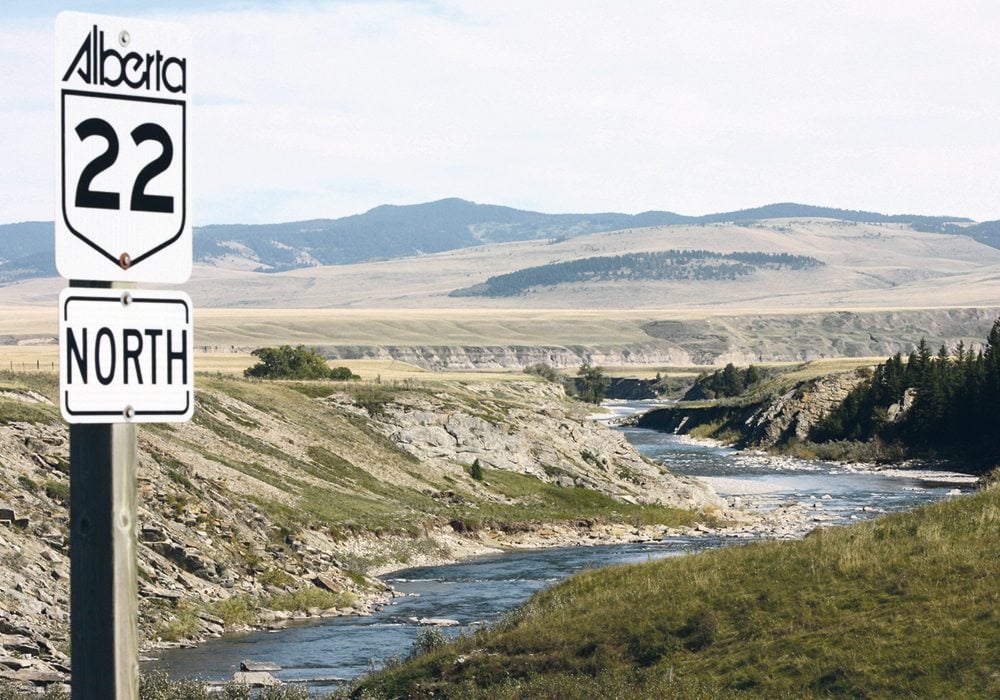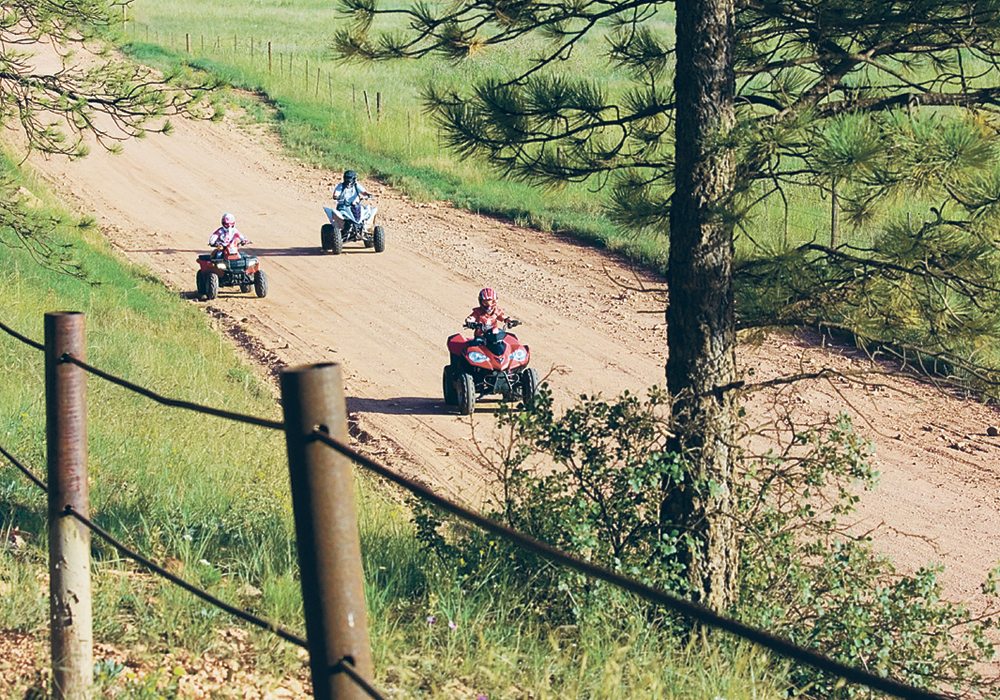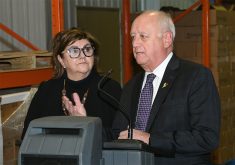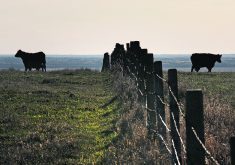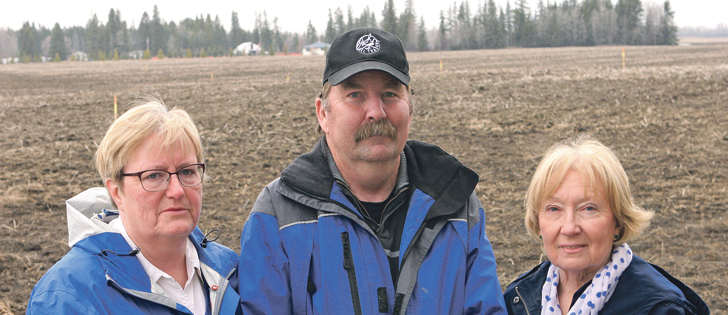A cynic might observe that we plan more but accomplish less, or, as Woody Allen commented, “If you want to make God laugh, tell him about your plans.”
Yet, a goal without a plan is just a wish so, if we want our public lands to conserve water, protect fish and wildlife, provide space for recreation and offer economic opportunity, we need a good plan. It is possible we have just achieved these goals with the recently released Livingstone-Porcupine Hills draft management plans, which can be found at talkaep.alberta.ca/livingstone-porcupine-hills-footprint-and-recreation-planning.
Read Also

Trump’s trade policies take their toll on Canadian producers
U.S. trade policy as dictated by president Donald Trump is hurting Canadian farmers in a multitude of ways.
Planning for the future of part of southwestern Alberta, the Livingstone-Porcupine Hills region, was previously a study in neglecting what the past can tell us and shifting the benchmarks.
Within memory this region has seen mountain sheep chased off an isolated mountain in favour of a coal strip mine, extirpation of caribou, near extirpation of mountain goats, bull trout extirpation from the upper Crowsnest watershed, cutthroat trout missing from several watersheds and the reduction, to a fraction of historic levels, of bull trout and cutthroat trout elsewhere. The area is laced with old coal mines, logging clear cuts, pipelines, power lines and a road network that exceeds any recognized threshold for maintaining water quality, trout or wildlife.
A previous “integrated resource plan” divided the landscape into spheres of largely economic interest, entrenching the then existing land uses, with a small nod to environmental interests. Intentional or not, the effect was to continue the progressive, cumulative diminishment of quality and quantity. This is the “business as usual” approach and has the effect of negatively affecting landscape integrity and the indicators of it.
Fortunately, we now have draft plans for the Livingstone-Porcupine Hills that accomplish much. Part of sub-regional planning, the Linear Footprint Management Plan and the Recreation Management Plan will provide these essential elements:
- There is a recognition of the need to reduce and set limits on road and trail access as well as restore erosion-prone ones to improve water quality, protect fish and wildlife and improve landscape resilience.
- There are provisions for motorized recreation on trails that are designed, built and maintained to protect the environment and offer safety, surety and stewardship for family-oriented off highway vehicle (OHV) recreation. Some OHV users will mutter they have been locked out of much of where they used to play. They haven’t been — only their vehicles have.
- Quiet forms of non-motorized recreation have finally been recognized as having a legitimate place and places. This acknowledges the majority of Albertans’ desires for recreation on public lands.
- Many fish and wildlife species at risk will see improved habitat conditions that will hasten population recovery. These include bull trout, westslope cutthroat trout, grizzlies and wolverines.
- Relations with neighbouring private landowners and local governments will be improved with reduced levels of trespass, fire risk and livestock harassment.
- Many people will discover (or re-discover) the Livingstone-Porcupine Hills and find improved camping facilities, enforcement and safety for family oriented outings.
If we have the capability to develop, to build, we also have the choice to restore, to set back the clock. It is a matter of will, not ability. These plans for the Livingstone-Porcupine Hills provide the will.
Despite the progressive, ecosystem-based philosophy of the Eastern Slopes policy of the 1970s, the Forest Reserves of Alberta have been treated as warehouses to be plundered.
Plans for the Livingstone-Porcupine Hills represent some of the first evidence of treating our public lands as assets, ones that need to be managed and protected with a sense of stewardship for the future.
Lorne Fitch is a professional biologist, a retired Fish and Wildlife biologist and an adjunct professor with the University of Calgary.

